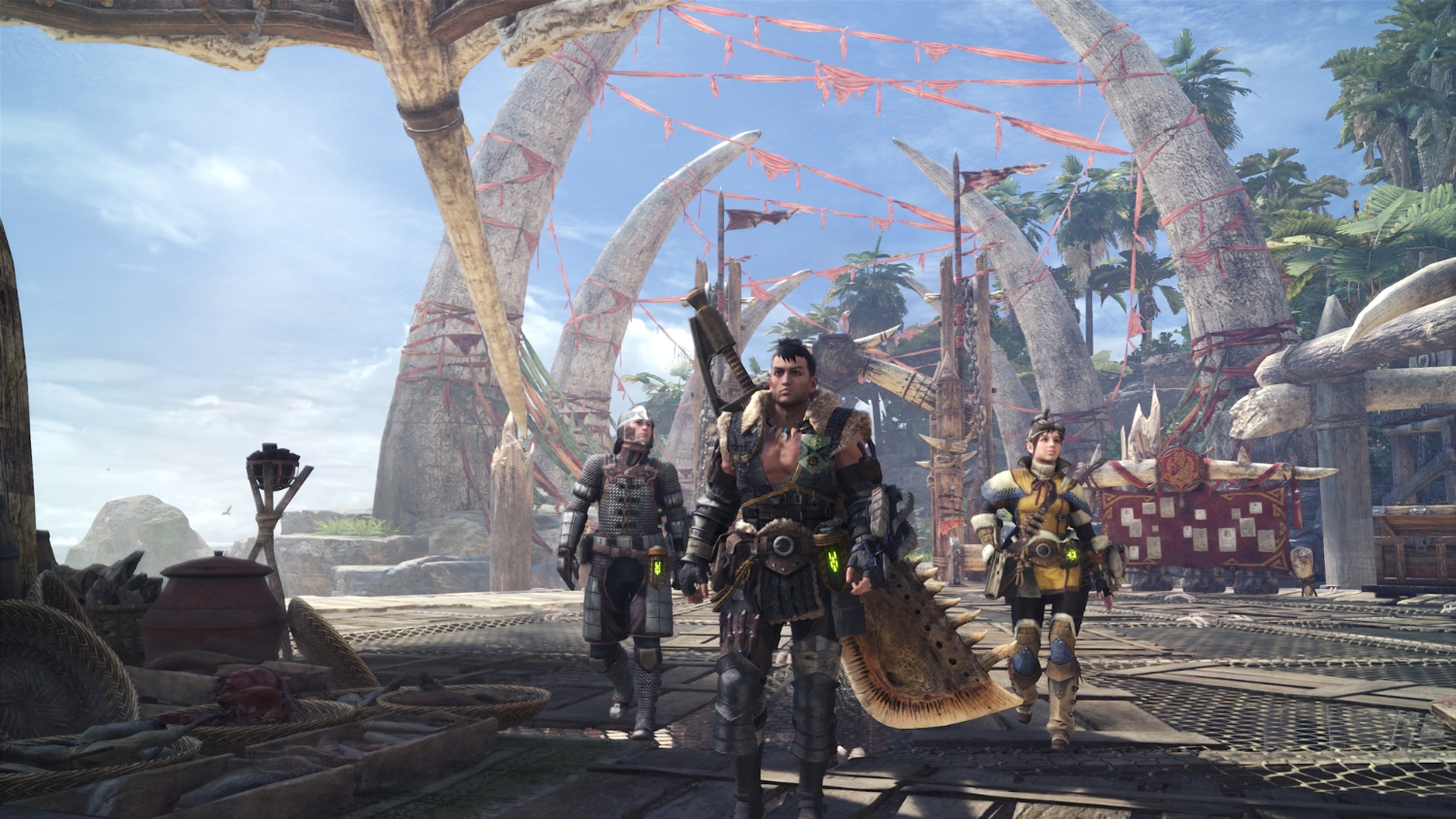Nvidia: DLSS Gives Monster Hunter World 50% Better Performance
Monster Hunter: World
tasks players with slaying beasts in exchange for money and gruesome trophies used to craft equipment. Dropping frames can quickly turn the hunter into the hunted, however, so RTX graphics card owners might be intrigued by Nvidia's claim that Monster Hunter: World's upcoming deep learning super sampling (DLSS) support can lead to performance boosts up to 50% on high-end systems at max settings.
Nvidia introduced DLSS alongside the first graphics cards based on its Turing architecture. The company said DLSS was supposed to offer improved performance and better visuals at high resolutions than other anti-aliasing methods. Those claims seemed to be at odds--usually there's a trade-off between performance and graphics quality--but our preliminary exploration of the technology found that Nvidia wasn't just idly boasting.
3DMark introduced the Port Royal benchmark in February to quantify performance differences when using real-time ray tracing and DLSS. Nvidia said the benchmark showed performance gains between 40% and 50% based on the graphics card being tested. Digital Foundry then said in April that DLSS improved performance in Anthem, which added support for the technology post-launch, anywhere between 20% and 65% depending on the scene.
,
Capcom announced on July 10 that it would bring DLSS support to Monster Hunter: World on July 18. The developer said, "this allows for improved performance while maintaining visual fidelity, using the powers of AI and deep learning," but didn't quantify the expected bump in frame rate. So a day later Nvidia decided to step in and announce that its tests showed up to a 50% performance increase at max settings with DLSS enabled.
The usual caveats about performance improvement claims apply: the exact increase will vary based on the hardware, firmware, and software being used. Considering the range of improvements, Digital Foundry reported in Anthem; it wouldn't be surprising if the frame rate bump varied based on whatever was happening on-screen. We haven't been able to test Monster Hunter: World's performance with DLSS enabled for ourselves.
But at this point, it seems clear that DLSS can lead to significant improvements for people who need to push as many frames as possible at high resolutions. As more developers adopt the technology in their games, we should get a better idea of how well DLSS works, as well as a better idea of when RTX graphics card owners might want to continue using their anti-aliasing method of choice rather than adopting Nvidia's latest-and-greatest.
Get Tom's Hardware's best news and in-depth reviews, straight to your inbox.

Nathaniel Mott is a freelance news and features writer for Tom's Hardware US, covering breaking news, security, and the silliest aspects of the tech industry.
-
CatalyticDragon An irresponsible and misleading headlines. You don't get "performance" by running a game at a lower resolution and upscaling it. You might as well say "intel iGPUs get 50% better performance from running at half resolution".Reply
Of course you get a higher frame rate from dropping your resolution from 4K to 1440p/1800p. That's not a performance gain though that's simply taking load off your GPU. -
setx More than that, that DLSS upscaling often is so poor that it's bested by plain sharpen filter applied on regular upscaling to 4k after setting in-game render resolution to ~1800p.Reply
And that regular upscaling+sharpen provides the same speed gains on new Radeons. You can find several reviews on youtube with quality and speed comparisons.

